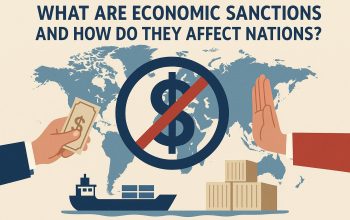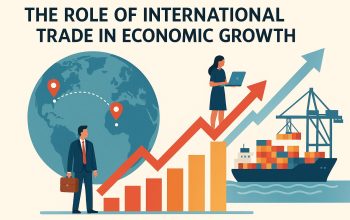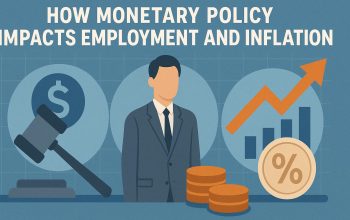Understanding Economic Inequality
Economic inequality refers to the disparities in the distribution of economic assets and income among individuals and groups within a society. This term often encompasses income inequality, wealth inequality, and the unequal distribution of economic opportunity. Economic inequality has been a topic of significant discussion among economists, policymakers, and social scientists, especially in recent years as disparities have grown in many parts of the world.
Key Factors Contributing to Economic Inequality
Several key factors drive economic inequality. Globalization has played a crucial role, as it has transformed labor markets and economic structures worldwide, often benefiting those with higher skills and education while displacing lower-skilled workers. The interconnectedness of global economies has led to increased competition and the outsourcing of labor, resulting in shifts that disproportionately favor highly skilled professionals, leaving lower-skilled workers facing job insecurity and stagnant wages.
Technological change is another factor, as advances in technology tend to favor those with technical skills and can lead to wage polarization. Automation and the rise of digital industries have created a demand for skilled labor, rewarding those with expertise in technology, engineering, and related fields while reducing the demand for routine manual jobs. As a result, individuals without access to training and education in these areas often find themselves at an economic disadvantage.
Education disparities, tax policies, and government transfer systems also contribute significantly to economic inequality. The quality and accessibility of education are critical in determining economic outcomes, as disparities in education can create long-lasting cycles of inequality. Regions with inadequate educational infrastructure or those that prioritize access based on socioeconomic status frequently see pronounced income disparities. Moreover, tax policies and government transfer systems can either exacerbate or mitigate income inequalities, depending on their design. For instance, progressive taxation and social welfare programs can help reduce inequality by redistributing wealth, while regressive systems may do the opposite.
The Impact of Inequality on Society
The effects of economic inequality are wide-ranging and profound. Inequality can impact economic growth, as too much disparity may limit economic mobility and restrain overall economic efficiency and progress. When large segments of the population are unable to access resources necessary for self-improvement, such as quality education or capital for entrepreneurship, it restricts innovation and economic dynamism. By limiting opportunities for many, inequality stifles the potential for economic advancement that benefits all of society.
Moreover, societies with higher inequality often exhibit lower levels of social cohesion and trust, which can influence social stability. This lack of trust can lead to increased crime rates, social unrest, and political instability, as disenfranchised groups may feel disconnected from the broader community and skeptical of the intentions of the ruling classes. The erosion of social trust can reduce participation in civic activities, weakening democratic institutions and governance.
Additionally, health outcomes are typically poorer in unequal societies, as access to healthcare and proper nutrition can be limited for those within the lower-income brackets. The stress associated with economic hardship can compound these issues, leading to increased incidence of mental and physical health problems. Inequality thus becomes a significant public health concern, as it perpetuates cycles of poverty and poor health.
Reducing Economic Inequality
Addressing economic inequality requires comprehensive strategies aimed at redistributing resources more equitably. Progressive taxation is one method, ensuring that those with higher incomes contribute more significantly to public resources. By implementing tax systems where wealthier individuals pay a higher percentage of their income, governments can fund social programs that benefit the disadvantaged, such as healthcare, education, and housing initiatives.
Enhancing access to quality education and healthcare can help bridge the gap in opportunities and outcomes. Investment in public education systems to ensure they offer high-quality learning experiences regardless of a student’s socioeconomic background is pivotal. Similarly, access to affordable and comprehensive healthcare services can contribute to leveling the playing field, enabling all individuals to pursue opportunities to improve their economic standing.
Additionally, labor market policies designed to enhance wages and job security for lower-income workers can play a significant role in reducing inequalities. Minimum wage laws, collective bargaining rights, and policies that support job security and benefits for gig and contract workers are examples of how labor markets can be structured to protect and empower vulnerable workers. Such policies not only help raise living standards for many but also contribute to broader economic stability.
Conclusion
Understanding economic inequality necessitates a nuanced examination of the contributory factors and its extensive effects on society. While the challenges are complex, addressing these issues through informed policies and initiatives can lead to more equitable economic systems and enhanced social harmony. Solutions require coordinated efforts at both national and international levels, engaging stakeholders from different sectors to implement strategies that balance economic growth with equity. Ultimately, reducing economic inequality is not just about fairness; it is about constructing a resilient society where everyone has the opportunity to thrive.
This article was last updated on: July 14, 2025




